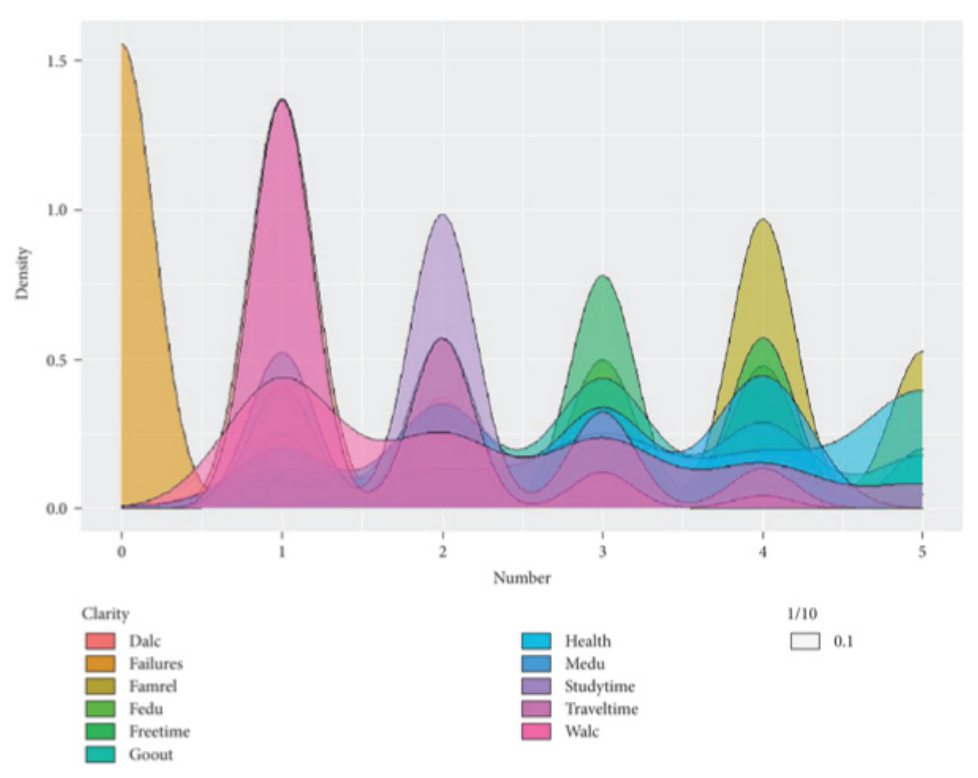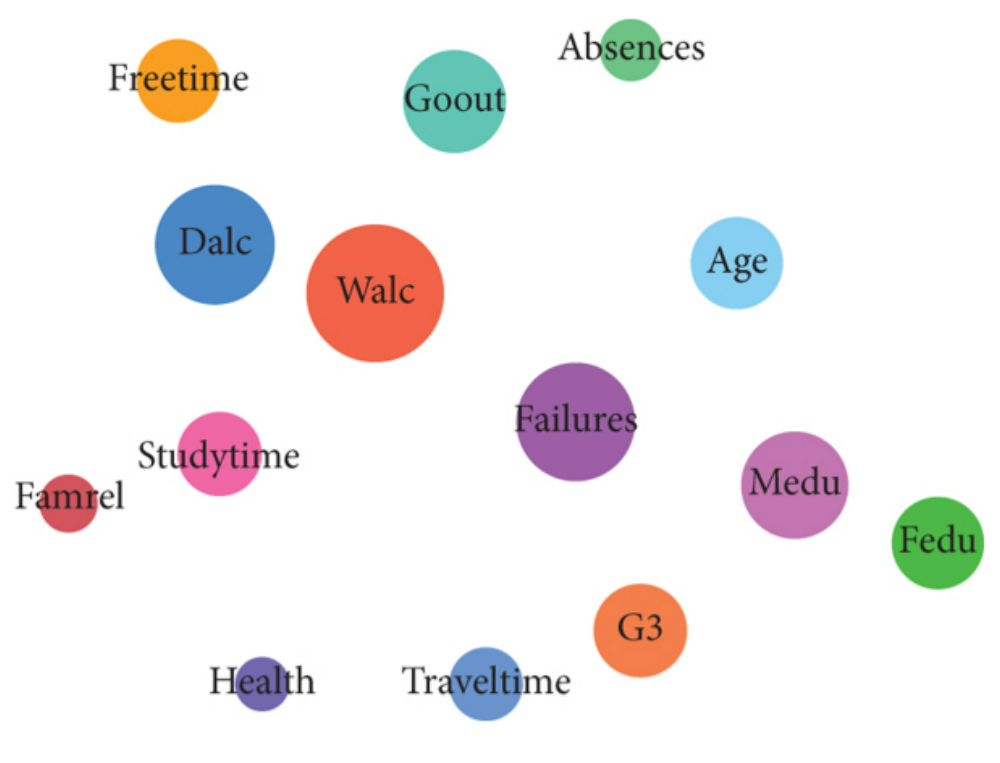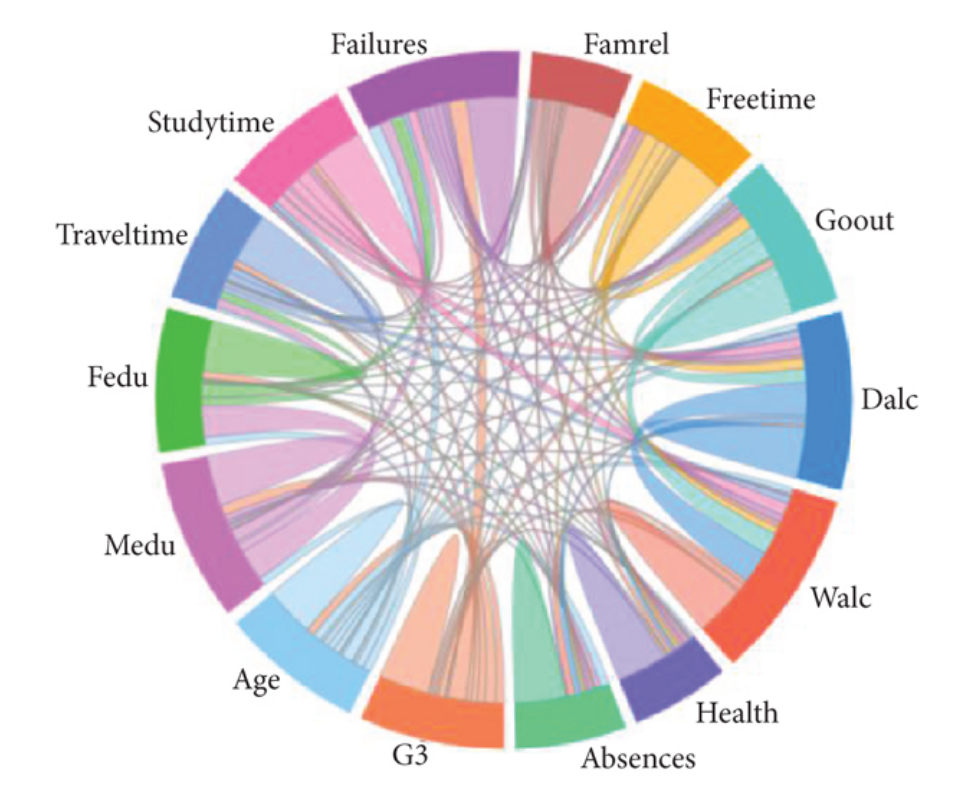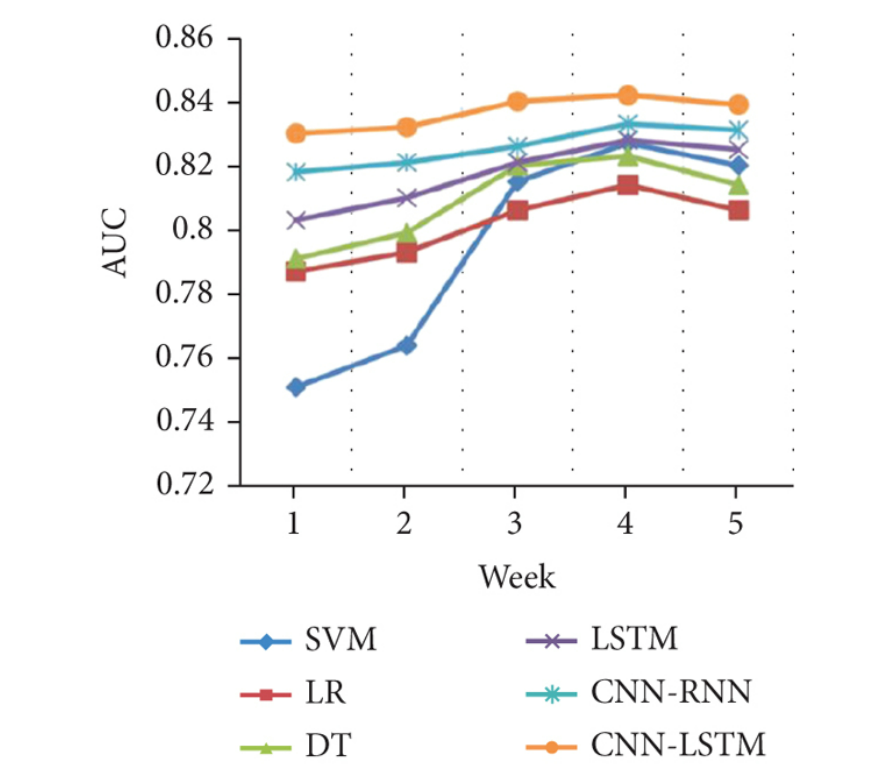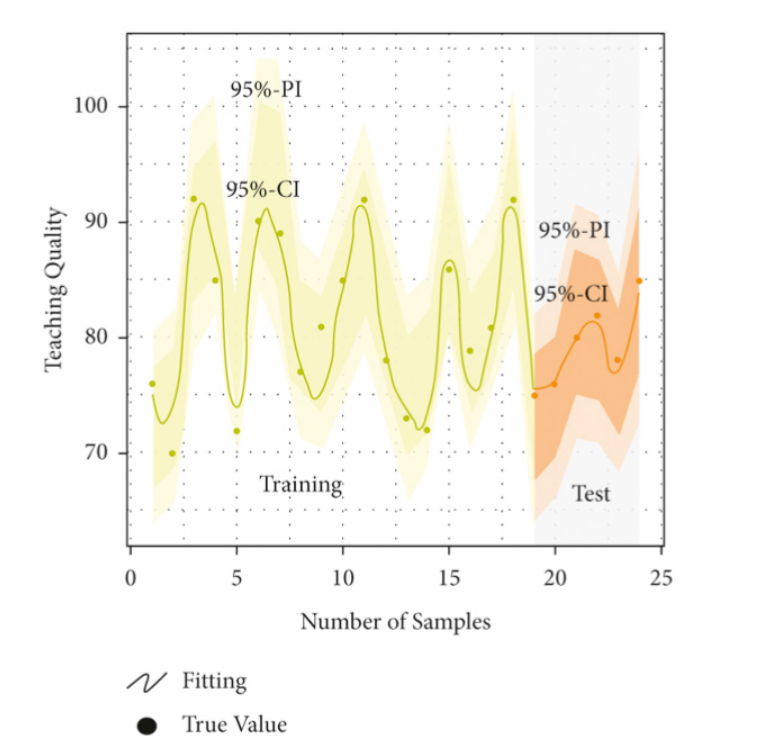 An open access journal
An open access journal
Community Engagement in Education: Connecting Schools with Local Communities ChatGPT
Abstract
Community engagement in education has become a crucial aspect of connecting schools with local communities to enhance educational outcomes. This paper explores the significance of community engagement, emphasizing its role in fostering partnerships, collaboration, and shared responsibility among schools and their surrounding communities. It delves into various aspects of community engagement, including parent involvement, community-based learning, and civic education. The discussion includes the benefits of community engagement, such as improved student performance, increased parent and community support, and enhanced social cohesion. Moreover, the paper addresses the challenges and considerations in implementing community engagement in educational institutions, including the need for effective communication, cultural sensitivity, and sustainable practices. Through a review of empirical studies and case examples, the study highlights the positive outcomes associated with effective community engagement initiatives, including greater student motivation, reduced dropout rates, and a stronger sense of belonging within the school and community. The conclusion offers recommendations for educators and institutions interested in fostering community engagement, emphasizing the importance of building trust, involving diverse stakeholders, and promoting active citizenship to ensure the success of school-community partnerships.
Share and Cite
Article Metrics
References
- Billig, S. H. (2000). Making community connections: Service learning in the library. American Library Association.
- Checkoway, B., & Richards-Schuster, K. (2003). Youth participation in community evaluation research. New Directions for Evaluation, 2003(98), 69-84.
- Epstein, J. L. (2001). School, family, and community partnerships: Preparing educators and improving schools. Westview Press.
- Hatcher, J. A., Bringle, R. G., & Muthiah, R. N. (2004). Designing effective reflection: What matters to service-learning?. Michigan Journal of Community Service Learning, 11(1), 38-46.
- Israel, B. A., Schulz, A. J., Parker, E. A., & Becker, A. B. (1998). Review of community-based research: Assessing partnership approaches to improve public health. Annual Review of Public Health, 19(1), 173-202.
- Kretzmann, J. P., & McKnight, J. L. (1993). Building communities from the inside out: A path toward finding and mobilizing a community's assets. Center for Urban Affairs and Policy Research, Northwestern University.
- O'Donoghue, R., & Punch, K. (2003). Qualitative educational research in action: Doing and reflecting. Routledge.
- Sanders, M. G. (2001). The role of human capital investments in the effects of community and economic development programs. Economic Development Quarterly, 15(1), 3-20.
- Simon, B. S. (2008). Building parent involvement in schools. ASCD.
- Stringer, E. T. (2008). Action research. Sage Publications.

